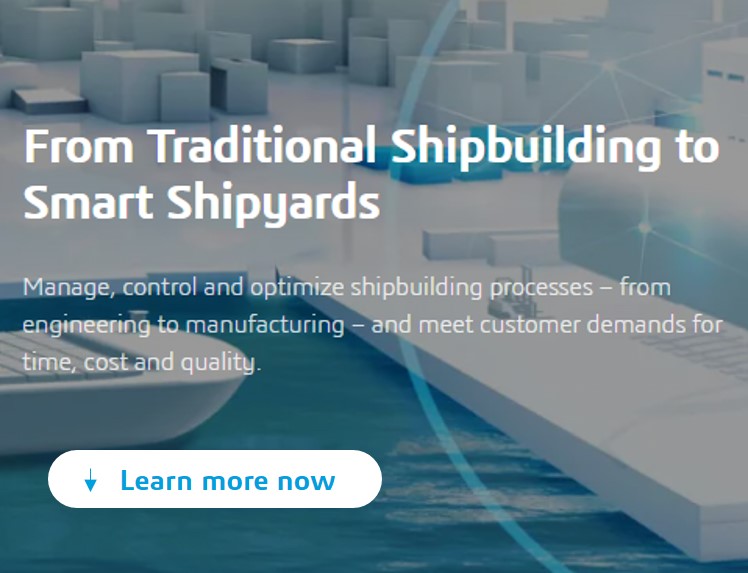Globally, ship manufacturers are experiencing growing pressure to reduce carbon emissions in their production processes. The shipbuilding industry is characterized by disruptions and volatility, supply chain problems, upcoming inflation, and increased financial costs making it paramount that manufacturers find innovative solutions to face the challenges ahead.
Sustainability issues and digital transformation have become the main drivers for the next three to five years and that will shape the future of the shipbuilding industry towards 2030. These trends drive the necessity of true innovation further. Even though there has been plenty of focus on buzz words like Industry 5.0 and similar; this is now becoming a reality. The path forward is clear: ship manufacturers must engender greater resilience and future readiness by optimizing resource usage, minimizing waste, and embracing renewable energy sources. However, the difficulty lies in simultaneously ensuring profitable operations.

Reducing waste production is an important step in achieving more sustainable manufacturing practices. Currently, approximately 300 million tons of plastic waste is produced every year. By implementing a waste reduction program, designing products for sustainability, implementing lean manufacturing software principles, using technology to optimize processes, product lifecycle management, e-waste management, and partnering with suppliers, manufacturers can reduce waste, conserve resources, and minimize their environmental impact. This helps meet the growing demand from eco-conscious consumers for sustainable products and benefits the bottom line of manufacturers.
Waste reduction program can also:
- Reduce manufacturing costs and maximizing fulfillment through plant layout, facility and short-term production planning and sequencing
- Minimize transportation costs through efficient flow and storage of goods from point of origin to point of consumption
- Minimize labor costs by creating staffing plans to meet demand, while respecting shift preferences, labor regulations, vacations, etc.
A key component in all the trends and challenges is data, like reliable data on environmental sustainability, traceability throughout the value chain and product life cycle, and real-time data to detect supply chain disruptions. For ship manufacturers, emerging technologies help expand the opportunities to become data-driven factory of the future. Using low-cost sensors and IoT, gathering data throughout the manufacturing process is now possible. With advanced AI and machine learning algorithms, organizations can enable predictive maintenance of expensive manufacturing machinery and reduce costs and downtime. Digital twins can enable virtual simulation of development, testing, and validation of products, and AR/VR can even let customers try products before they are made.
Read more
/industries/marine-offshore/the-return-of-wind-assisted-propulsion-at-sea
/industries/marine-offshore/maritime-fuels-of-the-future
/industries/marine-offshore/the-transition-to-digital-shipbuilding

